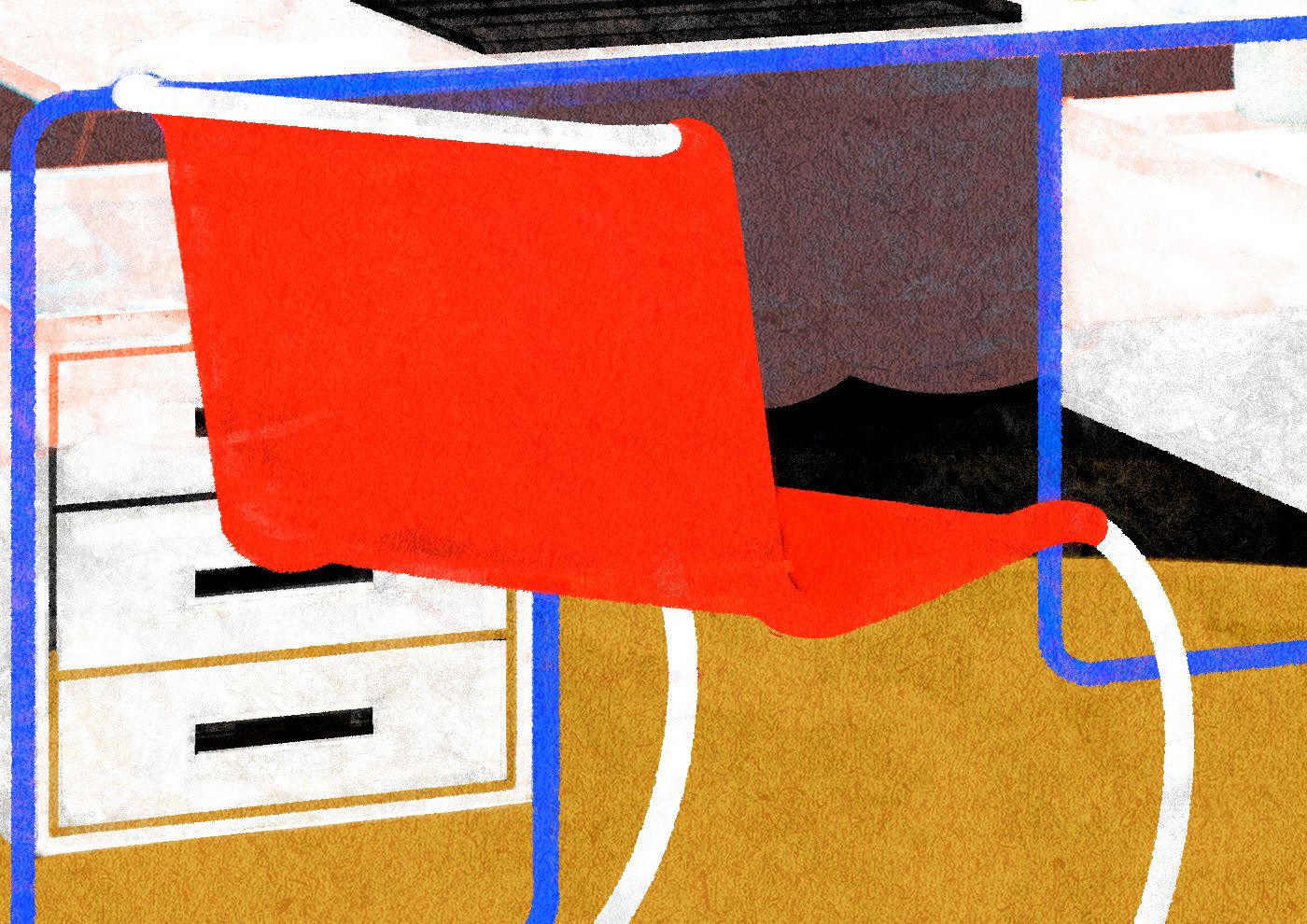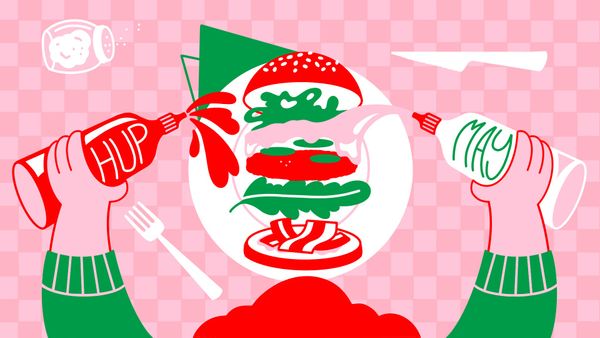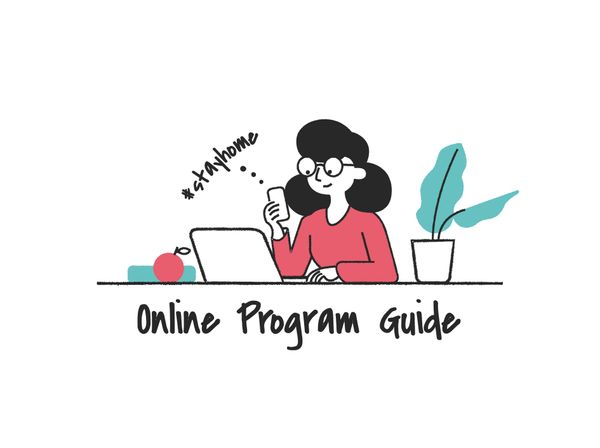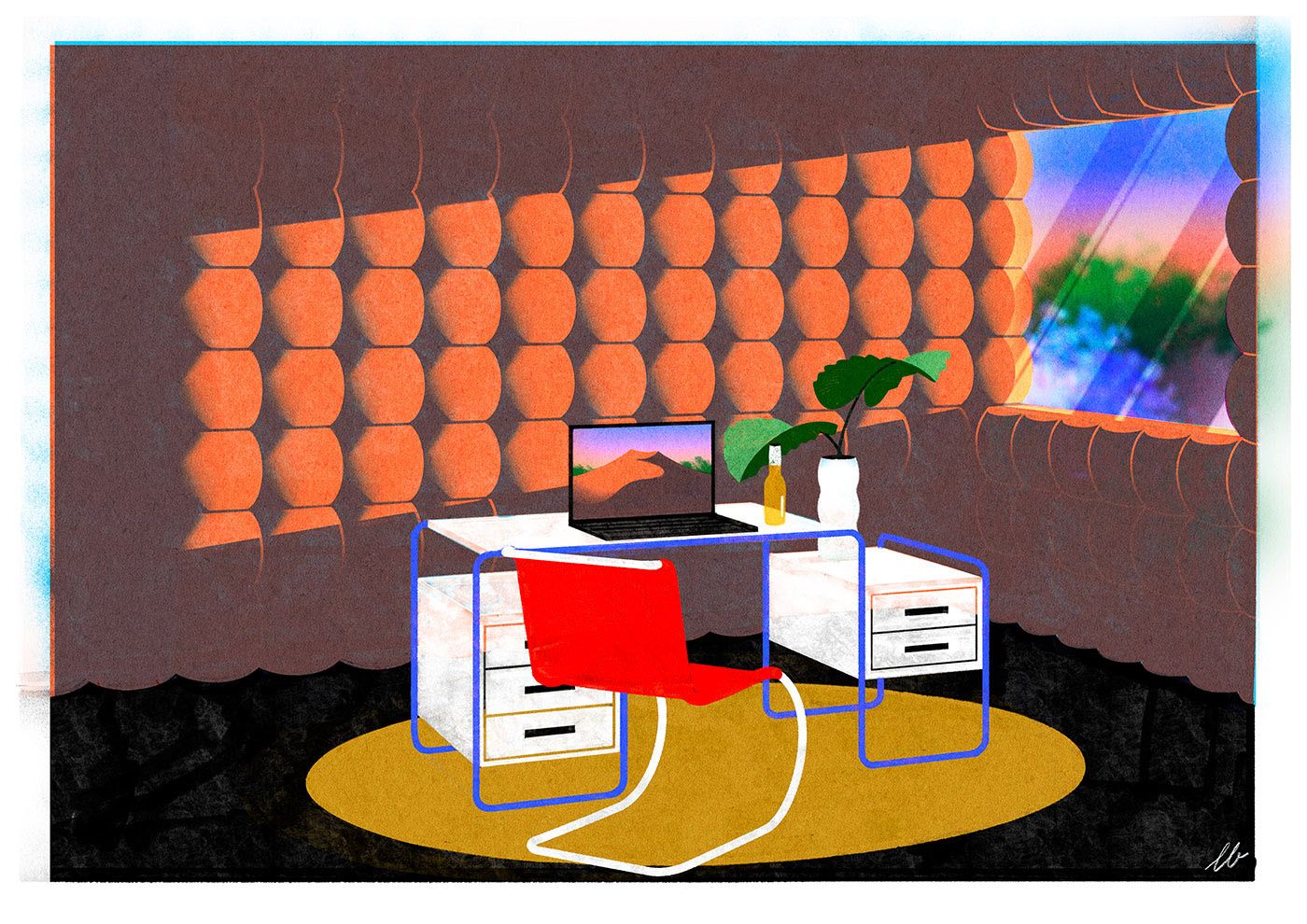Because of the coronavirus epidemic about 3 billion people need to stay at home at the moment and millions of them continue working. By 2020, home office is no longer an unknown solution in the broadest industrial, professional or geographical areas, but it is definitely a novelty to move entire operations into the employees’ living room and to the online space. Many people feel the lack of effectiveness and productivity since the quarantine started, somehow even the well-established home office routines are less functional. The main reason of it is this present situation is psychologically very different from the classic home office setting. It is more fortunate to talk about the quarantine office phenomenon in order to get a more accurate picture of our current operation.
The blur of the psychological advantages of home office
Working in private spaces is definitely not new: generations of farmers or the art world of the 20th century experienced this, in a slightly different way though. However, the digital explosion in the 21st century has made it possible for the masses to do office work from home. More and more flexible solutions are becoming increasingly popular on both the employers’ and employees’ side: e.g. the combination of shared desk and home office is no longer considered as an alternative form of work. Occasional home office is an increasingly popular option, but exclusive home office is regraded more of a necessity. In Europe, only 5% of the employees work exclusively from home (Eurostat, 2019), it is widespread among parents with young children or village residents who does not necessarily have other options.
That is because the main advantage of home office lies in the autonomy of choice. In lucky cases, we can decide about what kind of activity we want to do in which environment. This spatial control can manifest itself in higher levels of privacy and well-being, as well as lower level of stress. Tasks requires focused attention are taken home from the open office with pleasure. However, there are many activities we prefer to do in the office such as creative brainstorming processes or larger meetings.

Precisely this autonomy of space use is being lost in the quarantine office. For parents with young children this situation is even more drastic. Our former quiet working corner at home may turn into a bustling beehive which is completely unfit for working. And it is not just the noise! Constant role conflicts can also cause problems. While trying to work we have to simultaneously be a parent, a spouse or a teacher, as well. Only one positive aspect seem to remain during quarantine: the elimination of the stress and the time of commuting.
As the advantages disappear, the classically described disadvantages of home office unfortunately seem to intensify. An often mentioned one is the common overtime. Due to the even more difficult structuring of time, this aspect is surely gets worse these days. It is also proved that the adrenaline level goes back to the resting state after working from home slower, which can be also there in the quarantine office. Experts also say that social relationships and interactions decline when working from home, this aspect develops though in an interesting way nowadays. On one hand, offline professional interactions are not only reduced, but are completely eliminated. On the other hand, everyone is in the same situation, therefore everyone has a greater need for online „small talks” or not strictly work related interactions with colleagues. In addition, new platforms and ways of communication has turned up since the crisis started, which makes online interactions more and more easier.
Beyond the classic home office set up: the experience of loss, anger, anxiety
An entirely new aspect emerges during the epidemic: today’s home office can also be accompanied by a bunch of negative emotions. First of all, the quarantine office situation generates the experience of loss, even grief. We know from environmental psychology literature that we can not only attach to other people but to objects, places or even ideas, so losing them can also turn into grief. Nowadays we can experience the loss of our daily routine and our office as an important physical entity, even if only temporarily. Because of this we may feel sadness or even anger. The uncertainty can even cause anxiety and the isolation can make it even worse. What can we do then? Negative emotions, stress and fatigue strike during work can be successfully eliminated with changing our environment. In quarantine we of course have limited options, but sometimes it is enough to look out of the window or stand out on the balcony. According to Kaplan’s Attention Restoration Theory, the natural environment has an indisputable refreshing effect on fatigue and negative emotions with its variety and optimal level of stimulus. This effect can be triggered not only by going into the nature, but also by plants in the living room or even by posters depicting the natural environment. However, if someone experiences a drastic increase in negative emotions preventing to perform everyday tasks, professional help is definitely needed.

Quarantine office with kids: an environmental pscyhological nonsense
Environmental psychologists say that the physical environment is not just a static set but an equal partner of people in behavioral processes. It constantly sends the user messages about what should or should not be done there. The quarantine office is therefore a complete environmental psychological nonsense as the environment constantly sends out messages about not to work. In an open office environment, unexpected interruption can result in 60-100 minutes loss of work time per day (Sykes, 2001). In a quarantine office with children this aspect becomes immeasurable or even uninterpretable. This is not an everyday multi-tasking situation as we have running tasks belonging to different roles: the professional, the mother or the teacher. This alternation is difficult to control so it becomes very demanding. All in all, quarantine office is definitely not a supportive environment for efficient and productive work, especially for parents. But, of course, this is not why we switched to this mode, but to slow down the pandemic. And if we focus on the big picture, we can regain some of the lost control. After all, we are doing our part to help our society recover from this critical condition.
Controlling expectations instead of the situation
While many of us are preoccupied with basic existential issues nowadays, everyday work activity sometimes seems to be so irrelevant. However, it is extremely important today to hold ourselves together in order to keep our jobs. So what can we do to increase our productivity? It is important only to state the fact that it was not a simple move to home office and it is definitely not a vacation. It is rather an extremely difficult situation mentally, psychologically or even financially. The only thing we can actually control regarding our productivity is our expectations about it. It is major to set up realistic standards for ourselves. We know that Newton developed the theory of gravity during quarantine, but he did not have to deal with children, online meetings and deadlines the same time.

The magical triangle: self-environment-task
Setting up standards for ourselves requires the analys and understanding of our personality, our physical and social environment and the tasks we have to perform. Then we need to match these with our expectations about our work efficiency.
- Our personality
Above all, it’s important to point out that we do not equally suit to home office set up. Experts say that this mode of operation may be more favourable for internally motivated, more organised and self-controlling people. At the same time, home office mode is something can be learned. This requires self-knowledge in order to develop our own comfortable routines. On the other hand, experience helps: the more home office we do, the more good practices we can implement.
- Physical environment
Regarding the physical environment, the most important conditions for working from home according to Di Martino and Wirth are the followings: the workstation should be separated from the private spaces as much as possible; the windows of the room should face onto the street; lighting and ventilation should be properly arranged. If we have the opportunity to do so, it is worth furnishing our workstation in this way or finding this „good-enough” spot in the house. We also should come up with new quarantine routines regarding the surrounding objects and spaces. For example not siting down to work in our pajamas or choose a mug for our coffee dedicated only for working ours. And don’t forget: plants are our friends!
- Social environment
The social environment – namely the people we are locked in with-, is a much more complex issue. If we are alone, we have plenty of options to structure our space and time. In this case, reducing the negative effects of isolation is the main goal. Perhaps the luckiest situation is for couples where both parties do classic office work according to the same timetable. In this case, quarantine office mode can even have many positive professional impacts, such as implementing deferred tasks, reading a lot or attending webinars. Of course even in this case efficiency depends on many individual aspects, such as a possible chronic illness, tendency to procrastinate or a current relationship issue. Parents with young children are in perhaps the most complicated situation. Of course, the number and the age of the children are determinative, such as the number of the adults. No matter how big our children are, it is important to make them aware that this time spent at home is a little different. Tasks and programs arrive into the family home that previously had a place elsewhere. It is important to state again tough: creating routines help. We can visualise a common agenda together or colour-coding days in order to differentiate between weekdays and weekends. Someone’s social environment in quarantine can be infinitely varied. When formulating expectations, it is important to see our own clearly and to be able to weigh its effects as accurately as possible.
- The nature of the task
Of course, our quarantine office operations also depend on the nature of the working task and the organisation, as well. An author named Olson described that the ideal home office task has well-defined performance indicators and needs relatively high concentration and low communication. The quarantine office is again significantly differ from a classic home office situation. Jobs requiring accuracy and precision can easily turn into a real chaos if we try to solve our tasks in the middle of an indoor playground. For less defined tasks which needs more creativity and out of the box thinking, lockdown can even be beneficial with it’s unusual socio-physical milieu.
As we can see, our potential performance during quarantine depends not only on us in particular, which we need to recognise and accept. Let’s not expect less, but also not more from ourselves than the situation allows. An analysis of the situation is required not only on an individual but also on a group level. If a leader wants the team or the entire organisation to function as effective as possible, the heterogeneity of quarantine office setups must to be carefully understood.
On the road towards growth
For single parents with more kids in a small apartment, the next few weeks will probably not be the highlight of their career, at least not in a short run. In these kind of cases, daily work is more about survival during the school and kindergarten lockdown. The possibility of growth lies rather in networking possibilities and in private life, then. For those who doesn’t have to take care of others during working hours and does learn to structure the time and space properly, this period can easily bring zest into their career. When we have to pay attention inward, great intellectual accomplishments are often born, original ideas pop out and we may have suddenly more desire to fulfil our long-cherished dreams. If we look at quarantine with a long-term perspective, we can definitely think about growth and developing new skills, such as better adaptability and multi-tasking skills. The situation itself can also bring new professional connections, social initiatives and a new kind of approaches, which hopefully will also stay with us in the post-quarantine period.
Bibliography:
- Di Martino, V., & Wirth, L. (1990): Telework: A New Way of Working and Living. International Labour Review, 129 (5), 529-554.
- Dúll, A. (2009): A környezetpszichológia alapkérdései – Helyek, tárgyak, viselkedés. Budapest: L’Harmattan.
- Eurostat (2019). Employed persons working from home as a percentage of the total employment, by sex, age and professional status (%). elérhető: https://bit.ly/2XBLPmW
- Frankó, L. (2019): Az új generációs irodák környezetpszichológiai vonatkozásai, Doctorate Dissertation, ELTE Doctoral School of Psychology (supervisor: Andrea Dúll)
- Fried, M. (1963): Grieving for a lost home. In Duhl, L. J. (ed.): The urban condition. Basic Books, New York. 151-171.
- Kaplan, S. (1995). The restorative benefits of nature: Toward an integrative framework. Journal of Environmental Psychology, 15, 169-182.
- Olson, M. H. (1983): Remote office work: Changing work patterns in space and time. Communications of the ACM, 26, 182-187.
- Sykes, E. (2001): Interruption in the workplace: A case study to reduce their effects. International Journal of Information Management, 31, 385-394.

Optimism in the crisis

#stayhomecreative | Home canteen










